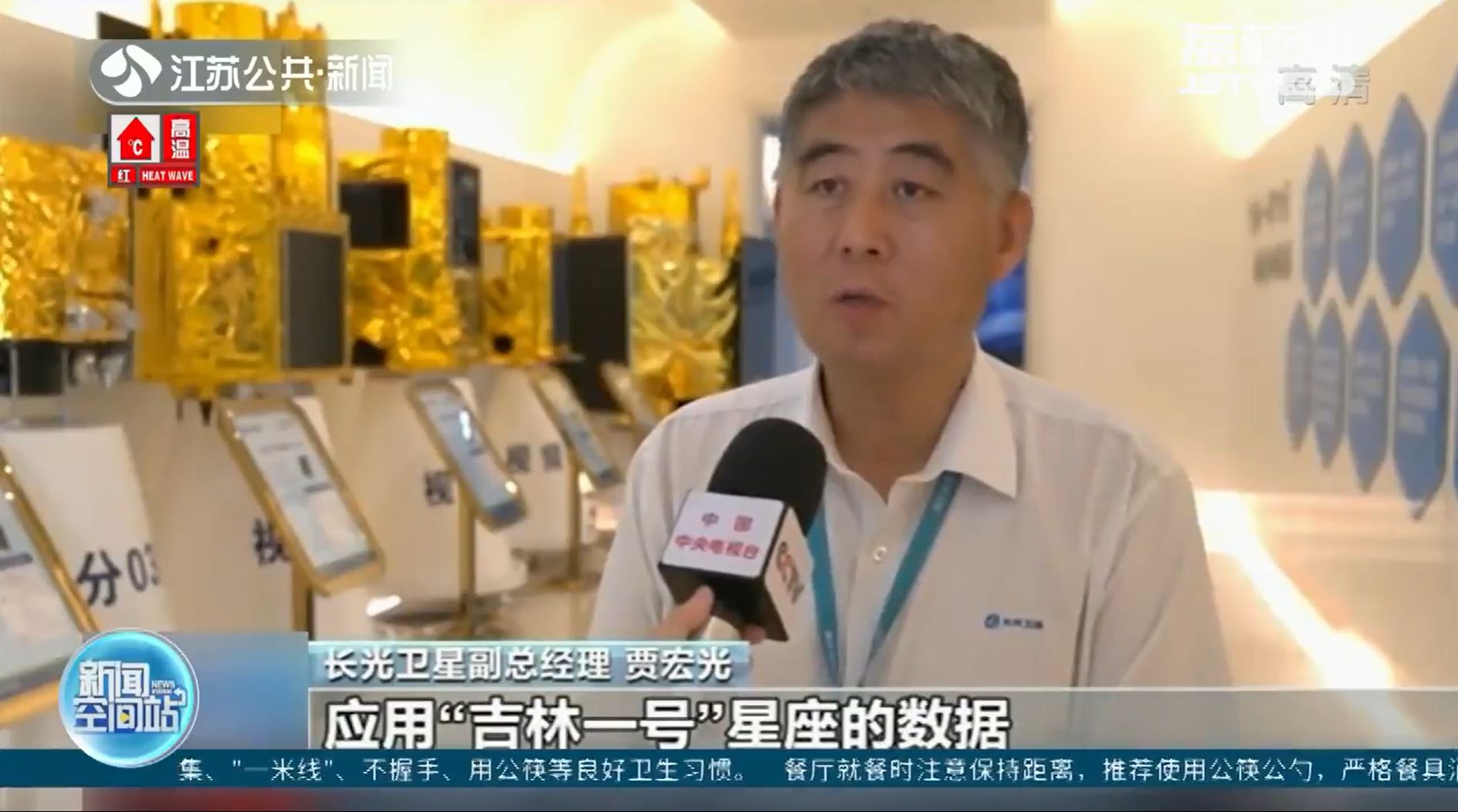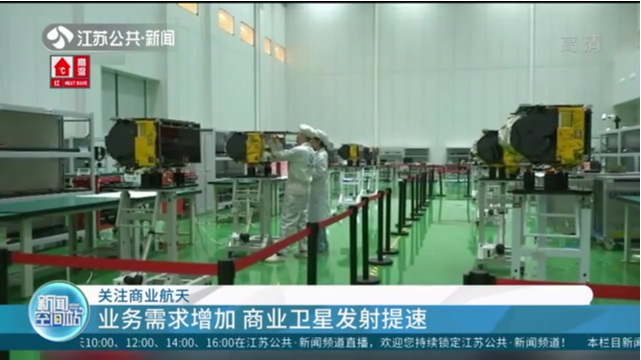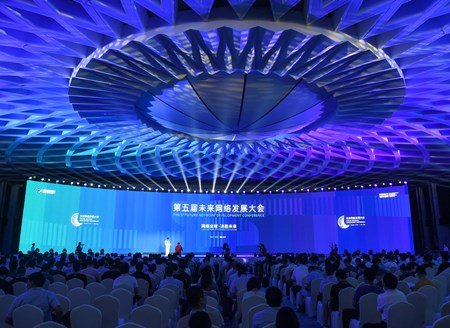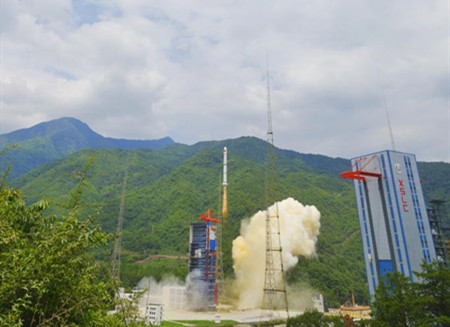China sent Wednesday 16 new satellites into space from the Taiyuan Satellite Launch Center in the northern province of Shanxi. The satellites, including a Jilin-1 Gaofen 03D09 satellite and Yunyao-1 04-08 satellites, were launched by a Long March-6 carrier rocket at 12:50 pm Beijing Time and entered the planned orbit successfully. China launched 36 commercial satellites last year and will launch more than 50 commercial satellites this year.
A satellite company in Changchun, Jilin Province, is assembling the latest batch of high-resolution observation satellites.
These high-resolution observation satellites are part of the "Jilin-1" commercial satellite remote sensing constellation, which is also the largest of its kind in China.
At present, there are 54 "Jilin-1" satellites operating in space. Due to the growing number of orders, the company plans to continue to complete the launch of the remaining 27 satellites in the second half of this year.
The construction of the Jilin-1 constellation continues to accelerate, and the launch volume has increased from a few in a year in 2015 to a dozen in a year in 2019, and this year, it has reached thirty or forty within a year.
According to statistics, as of June this year, China has more than 120 commercial remote sensing satellites in orbit, covering communications, remote sensing, technology experiments, space science and other aspects.
The construction of a number of commercial satellite constellations such as Jilin-1, Beijing-2, and Gaojing-1 is accelerating. China's commercial aerospace has formed a whole industrial chain development from research and development to launch, operation and application.

Jia Hongguang, Deputy General Manager of Changguang Satellite






